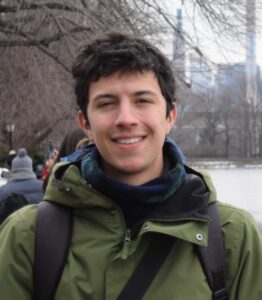Sustaining the high aerobic metabolism of endotherms requires continuous, life-long motor activity to ventilate the respiratory organ. In the unique respiratory system of birds, both respiratory phases are active. Inspiratory muscles expand the thoracic cavity, and, unlike in mammals, the lack of a diaphragm mandates active compression of the air sac system for expiration. Airflow can be regulated by multiple valves (glottis, syrinx and two sets of aerodynamic valves) arranged in series along the respiratory pathway. Given the complex morphology of the airways and the high energetic demand of sustained breathing, it is an important question to what degree this system is efficiently operated. To address this question, we investigated quiet breathing in canaries (Serinus canaria). We present a dynamical model for the avian respiratory system and report the measurement of its variables in normally breathing birds. Fitting the parameters of the model, we are able to show that birds breathe at an aerodynamic resonance of their respiratory system. Furthermore, this model indicates the parameters that may facilitate a shift in the resonances, thus generating the possibility for other respiratory behaviors, such as panting and singing, to be executed optimally.

Menu
E-poster
Session: 5
PS5-07 | Birds breathe at an aerodynamic resonance
Facundo Fainstein
Laboratorio de Sistemas Dinámicos / Departamento de Física / Universidad de Buenos Aires
- Manuela Pedraza 2566 5B,
- Argentina
- Facundo Fainstein1
- , Sebastián M. Geli1
- , Ana Amador1
- , Franz Goller3
- , Gabriel B. Mindlin1
- 1. Departamento de Física, FCEN, Universidad de Buenos Aires; Argentina.
- 2. IFIBA, CONICET; Argentina.
- 3. Institute of Zoophysiology, University of Münster; Münster, Germany.
- 4. School of Biological Sciences, University of Utah; Salt Lake City, USA.
